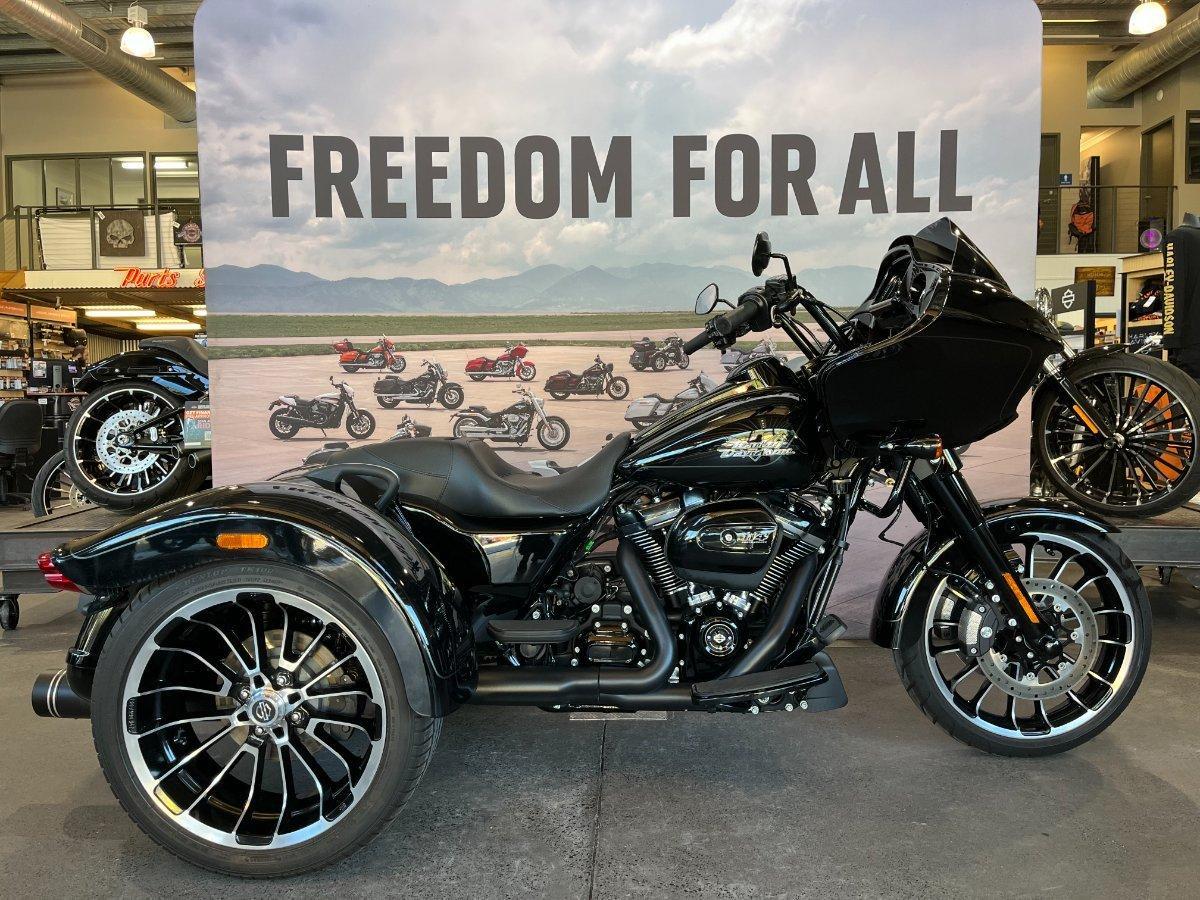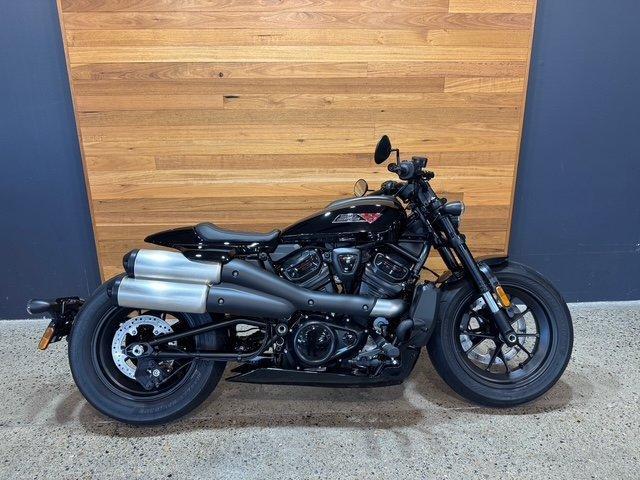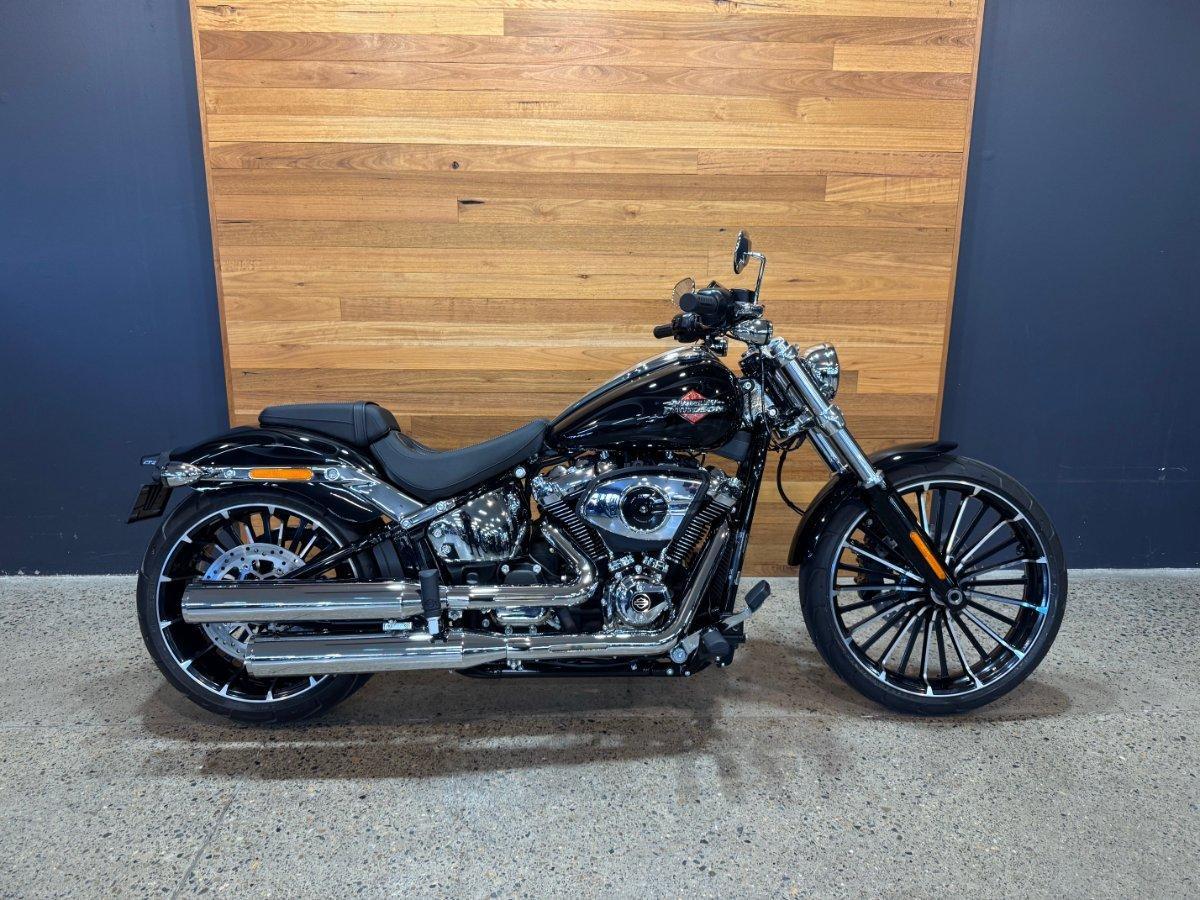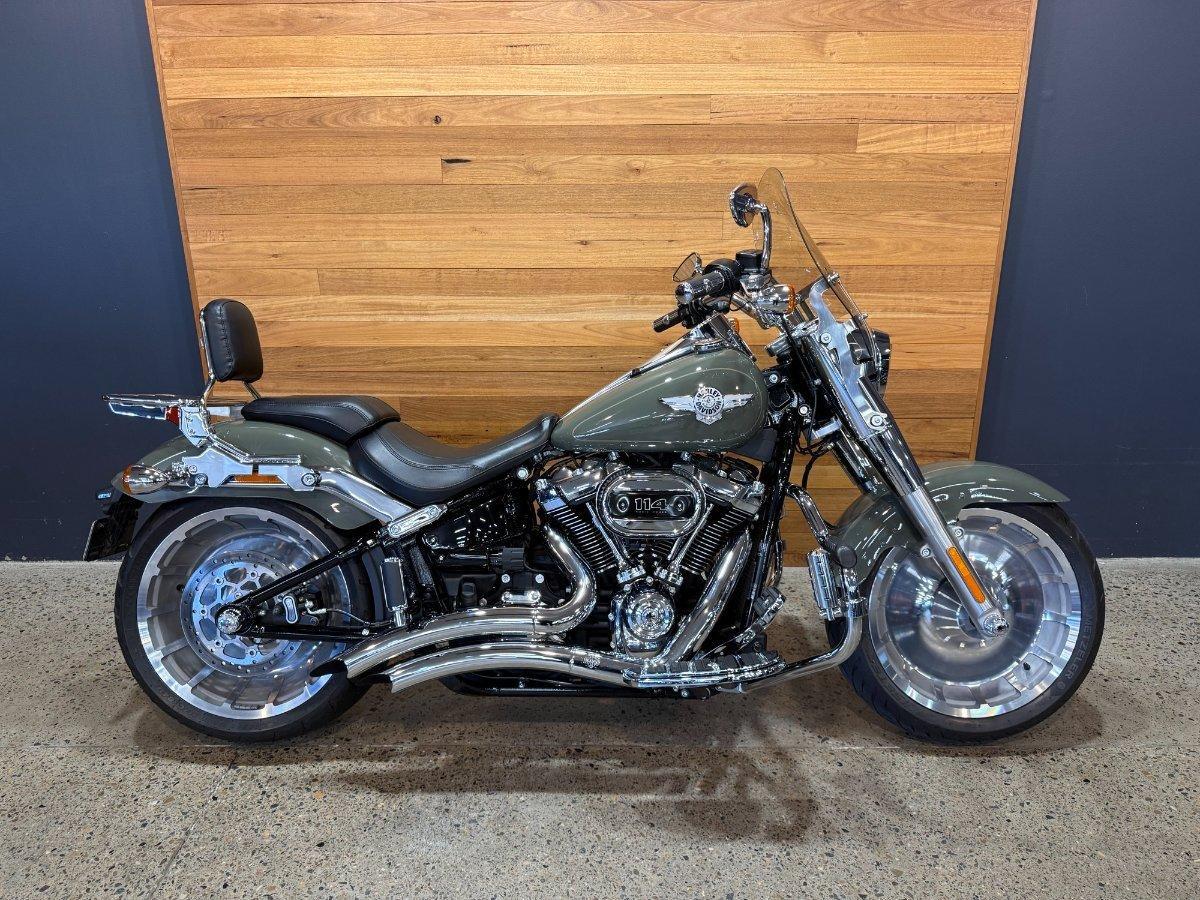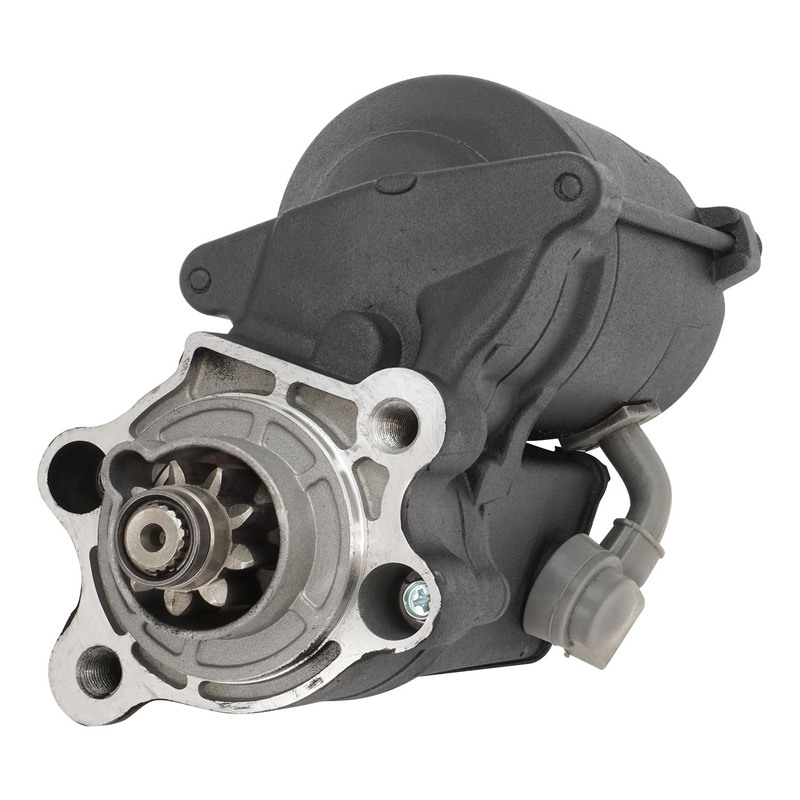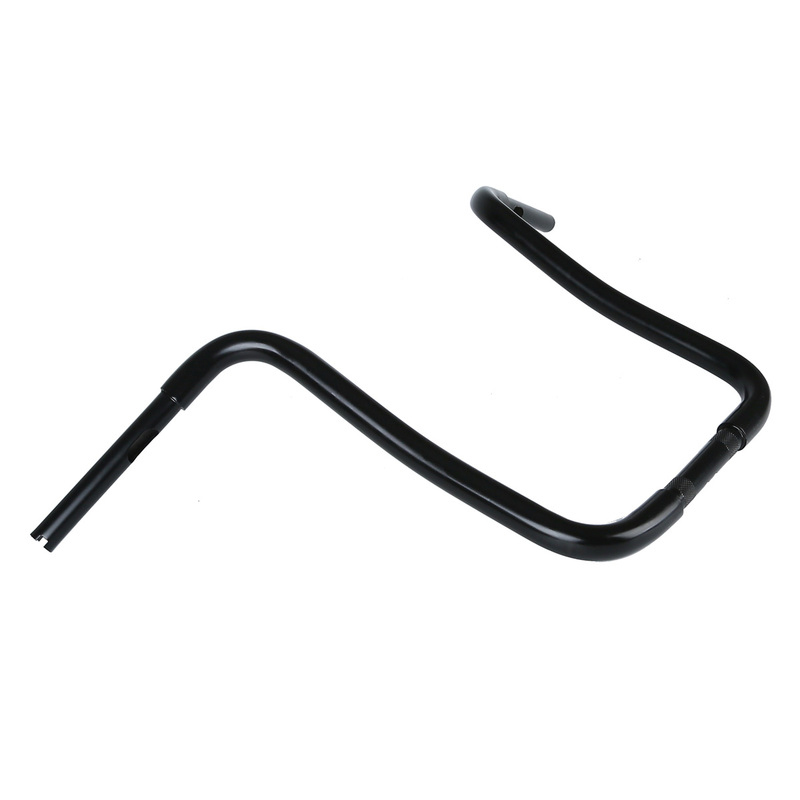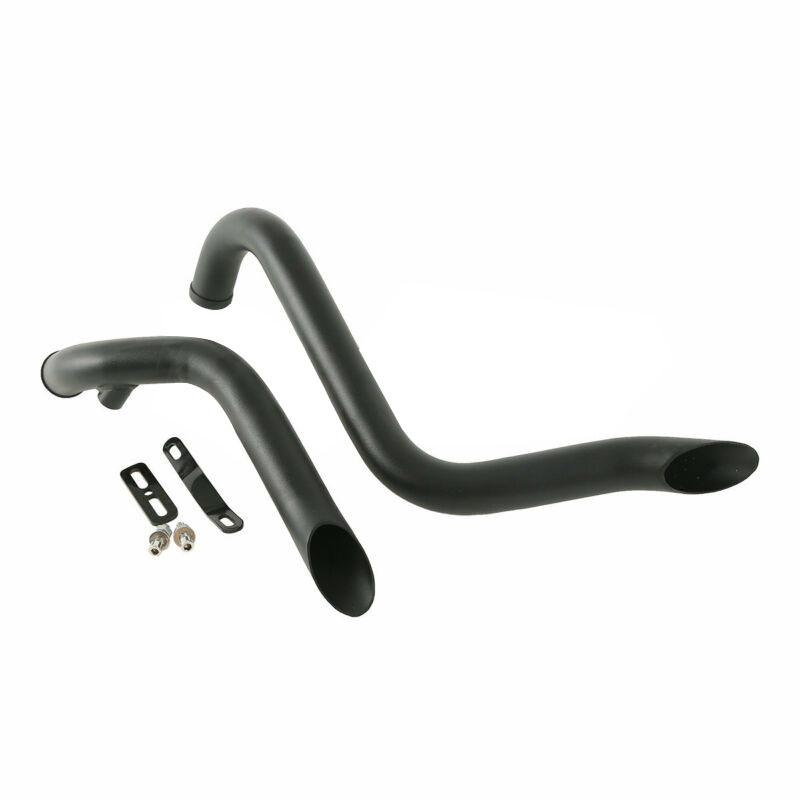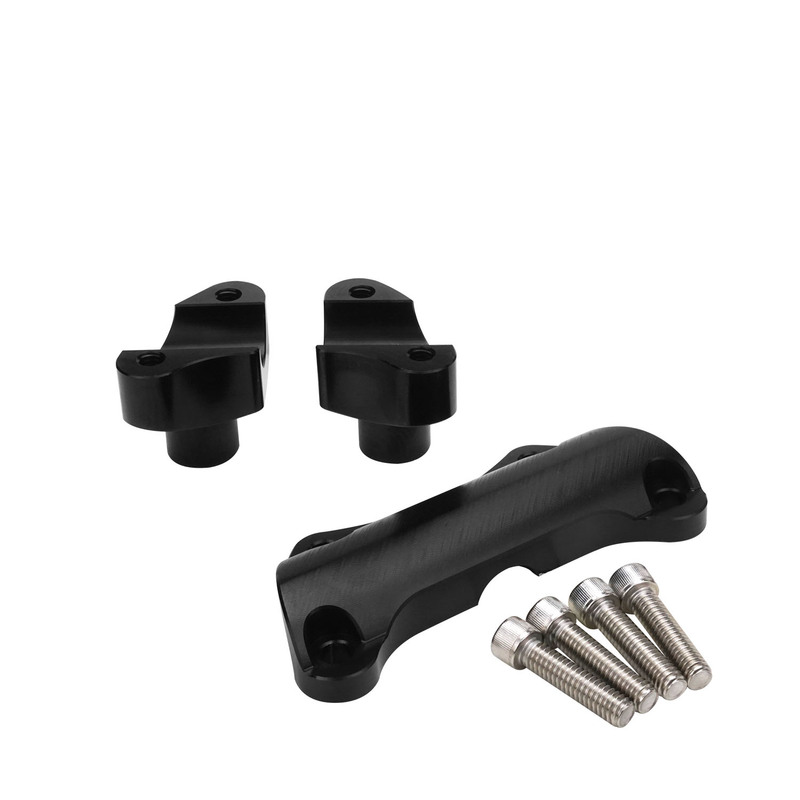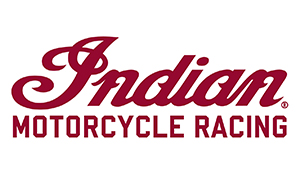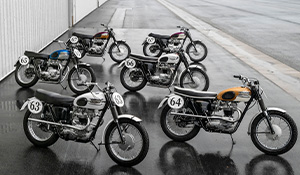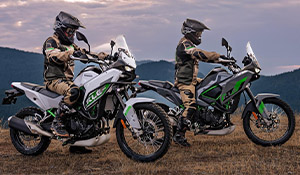FEATURE – Laverda Museum Italy
Words & Photos: Klaus Nennewitz
The opening of ‘Museo Moto Laverda’ (Laverda Museum) in the little village of Breganze in northern Italy’s Vicenza region this past July was like a funfair. Around 2,000 guests gathered in the town centre to enjoy traditional food and wine while Piero Laverda, the former managing director of the motorcycle company that was founded by his father Francesco in 1949, directed festivities as if he were still in charge of Laverda’s endurance racing team.

Alongside his brother Massimo (d.2005), Piero had been in charge of Laverda from the late 1960s to 1986, the pair acting as managing directors.
While Piero was in charge of Laverda’s endurance racing team between 1969 and 1978, Massimo was the creative engineer who pushed the development of the company's first large-displacement bike; a 650 twin that was presented at London’s Earls Court show in 1966. Far bigger and more powerful than the 75cc, 125cc and 200cc models Laverda had been known for up to that point, the 650’s displacement was lifted to 750cc in 1968, giving birth to the ‘big’ Laverda that most are familiar with today.

In 1986, Piero, Massimo and the Laverda family pulled out of the business, which continued under new owners but seemed perpetually on the brink of bankruptcy until the year 2000, when Aprilia took over.
Laverda continued to be seen for a few more years after that, mainly on rebadged Asian imports, before Piaggio’s buyout of Aprilia in 2004 led to the termination of Laverda two years later.

Cor’s Collection
When word got around earlier this year that Dutch Laverda collector, Cor Dees, intended to sell his bikes, Italian entrepreneur Werner Ricciolini made contact and managed to acquire 81 motorcycles.
Ricciolini’s intention was to bring them “home” to Breganze, acquiring an old industrial building in the centre of the town to serve as a museum.

July’s launch of the museum almost became religious when former factory riders Brettoni, Gallina, Cereghini and Dossena stepped on stage to tell racing anecdotes from some 40 years ago.

The best anecdote from modern times came from Piero Laverda himself, but was shared only with friends. A video on Piero’s smartphone, taken at an historic race on the Circuito di Ospedaletti in Sanremo a few weeks before the museum’s opening, showed a rider braking for the chicane and hitting the rider in front on an orange V6, who was obviously Piero. Both skidded several dozen metres across the asphalt, fortunately without injuring themselves. Both were on stage during the opening, without a trace of irritation!

Big 6
In the second room of the Laverda Museum, reserved for bikes with large displacements, a V6 stands in full glory as one of the most fascinating machines in the history of motorcycles. The example on display is the original one from the 1978 Bol d’Or endurance race at Paul Ricard in Le Castellet.
The bike had been put together in record time by former Maserati engineer Giulio Alfieri and Luciano Zen, ahead of the race, but the tight schedule left no time for test rides.

In the race, the team had to withdraw after almost 8 hours due to damage to the secondary drive, oil tank and rear suspension.
Unfortunately, the V6 project did not manage to reach maturity before the FIM limited the number of cylinders in the European Endurance Championship to four for “safety reasons" from the 1980 season onwards.

An Italian Connection
Among the visitors for the Laverda Museum’s opening were many people from the broader Italian motorcycle industry, including former Aprilia employees who had moved to Noale, 60km away, after the Laverda family pulled out in 1986.

Aprilia owner Ivano Beggio bought the company in 2000, together with Moto Guzzi, gaining a compact but complete motorbike factory that would have been fully functional. Blinded by their enthusiasm and without a real strategy, Laverda’s new management team stumbled from one failure to the next: first scooters from the SYM company were rebranded, and with the "Quasar" quad from the Asian supplier Aeon, the last hopes for a dignified continuation of the brand were flushed down the drain.

At the 2002 EICMA show, the prototype RGS 1000 was presented, drawn in the style of the original 1981 RGS by designer Giuseppe Ricciuti, who had designed both the Aprilia RSV Mille and the original RGS some 30 years earlier.
This pleasing machine carried the V2 engine of the Mille in a trellis frame, but Beggio originally wanted to equip this model with a three-cylinder engine from Triumph. This was to be arranged by the Italian Triumph importer Carlo Talamo, an extroverted personality whose death in a motorbike accident in 2002 ended the project.

Breganze Base
Given Laverda’s long history in Breganze (that goes back well before the motorcycle company was founded in 1949), every family in the village has a connection to the brand and all the guests spoke well about the Laverda family.

After a few glasses of wine, though, talk turned gloomy when the agricultural 4x4 vehicle that swallowed up huge amounts of cash in the ‘80s is mentioned. Produced in very small numbers, this vehicle proved to be fatal to the destiny of the company. Regardless, the joy that the “family jewels” motorcycles are now back where they were created prevailed.
The very first Laverda company was founded in Breganze by Pietro Laverda in 1873. The founder initially produced church clocks and soon made a name for himself with agricultural machinery.

Pietro’s grandson, Francesco Laverda, attained a degree in physics and experience in radar technology during World War II. While he wasn’t a motorcyclist, Francesco saw a great need for the motorisation of Italy after the war, so he founded the motorcycle company in 1949 and, a year later, the ‘Laverda 75’ came onto the market.

Laverda’s original production model featured a frame made of pressed sheet-metal and a swingarm-mounted drivetrain, while the compact 75cc single delivered sensationally low fuel consumption of less than 2 litres per 100km.

A Day in the Museum
Fittingly, an example of that first production motorcycle, a 75, is the first bike to greet visitors as they enter Museo Moto Laverda.
Due to a lack of space, many of the early models are stacked together in racks, but some stand alone, including the 75cc factory bike that Genunzio Silvagni rode to win his class at the Giro d'Italia in 1956 and 1957.

On the edge of the hall, an old drawing board with an original sketch of the revolutionary six-cylinder V-engine is displayed, while old leather racing suits hang above. Historical photographs from the early days, along with books, engine parts and other devotional objects, complete the exhibition.

Also on display is a full-size model of the V6 engine, with some parts made of aluminium and others of wood. Right next to it sits a prototype of the DOHC 1000 three-cylinder engine from 1970.
Next, one comes across the off-road Laverdas - 125 LH3 and 250 LH4 from 1982 and 1978 with Husqvarna engines, plus the beautiful but unsuccessful 250 ‘Chott’ from 1974 that featured a two-stroke single with a magnesium engine casing that was developed in-house.

At the end of the hall, there is a high rack with road bikes, including the Zündapp-powered 125 LZ from 1978, and the 650 and 750cc twins from the 1990s with water-cooled engines.
The second room is devoted to the big Laverdas, including the aforementioned 1000 V6 racing bike from the 1978 Bol d’Or. On the left of this bike, there’s a row of all kinds of 1000 and 1200 three-cylinder bikes, while on the right, the entire range of SF 750 models, plus a few SFC racing machines, are displayed.

Hardly known to the public now was Laverda’s attempt to enter 125 GP racing in 1989 with a two-stroke engine fed by a rotary valve intake. The bike was tested by future world champion Alessandro Gramigni but never followed up. More successful was the 500 Formula that served in European club racing between 1978 and 1980.

Large-scale pictures of racing Laverdas, for the most part in black and white, adorn the walls of the halls, where celebrities, such as Marco Lucchinelli, Franco Uncini and Roberto Gallina, can be seen in action. Even the racing career of Massimo Laverda is honoured.

The exhibition is very tastefully arranged and furnished. The bikes are clearly visible and placed without any barriers, while small information boards briefly tell the history of each model, along with its technical features.
The Museo Moto Laverda in Breganze has managed to gain a place among the best motorbike museums in the world - small but extraordinarily tasteful.


